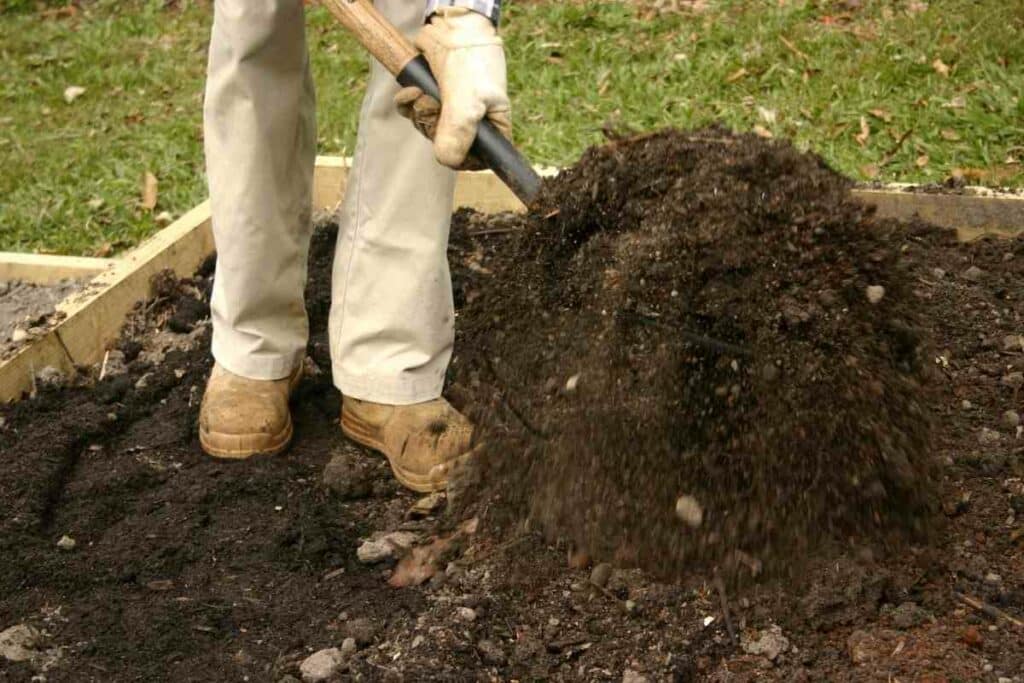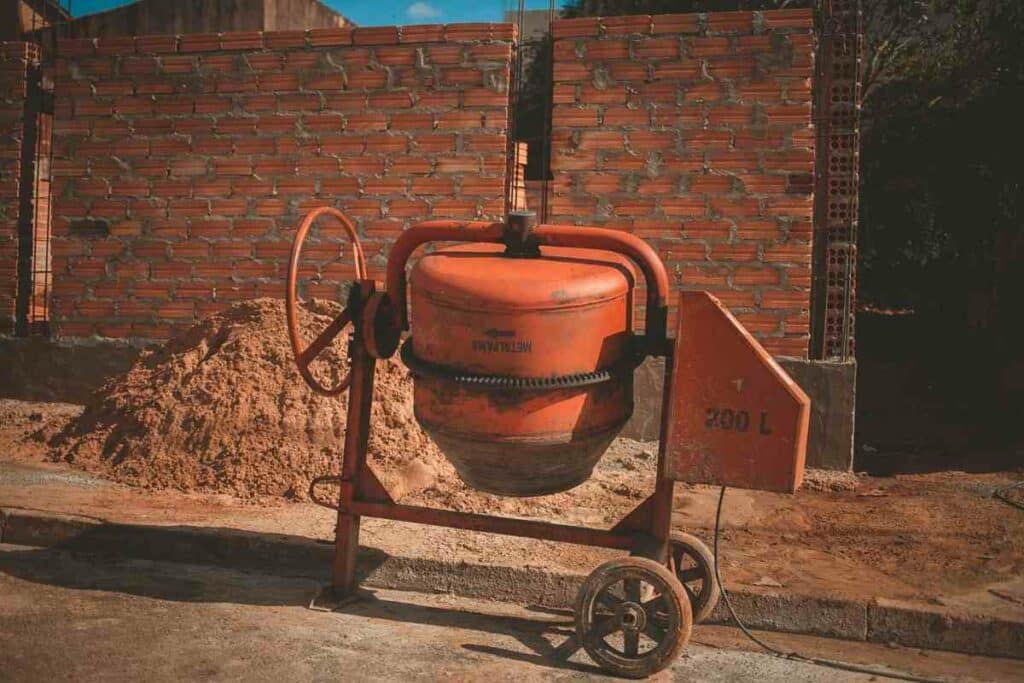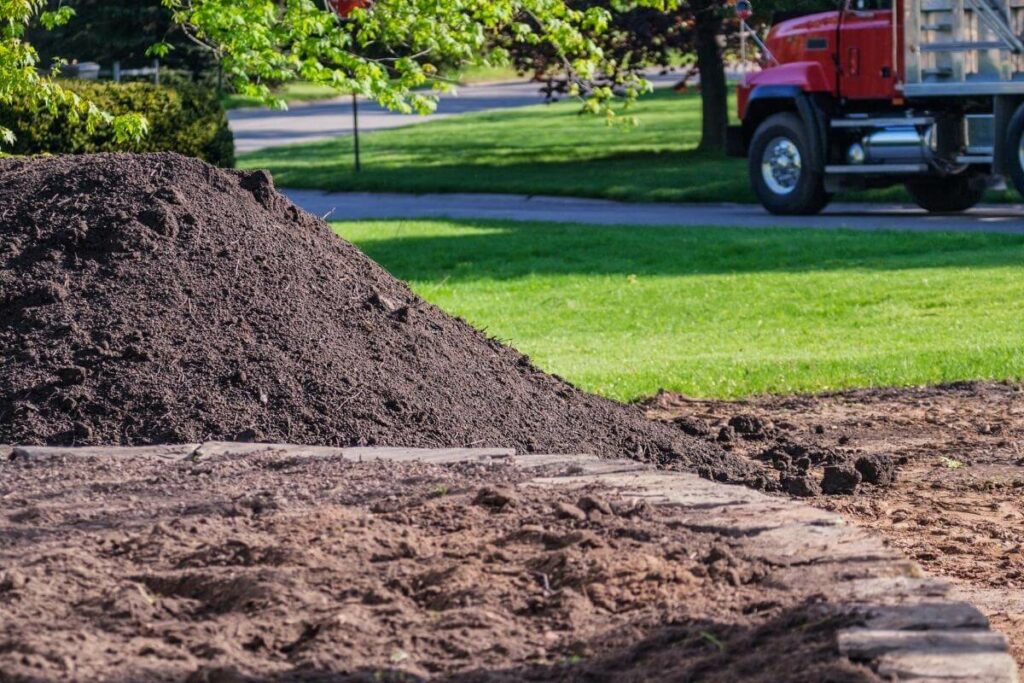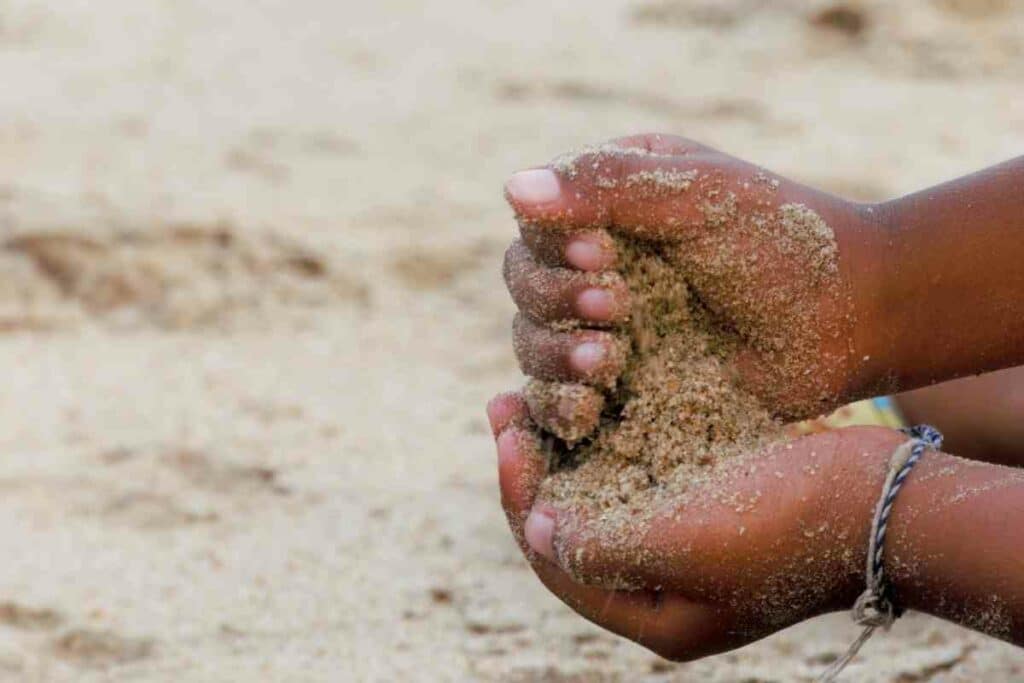When it comes to taking good care of your garden, there are a lot of things involved.
But it all starts from the ground and if you don’t have good quality soil, then you’ll struggle to get any plants to thrive.
To ensure good balance in your soil, you may have to mix other things into it and to do this, you’re going to need a garden soil mixer.
There are options to buy these from a store but it’s also easy to make a DIY version at home.
In This Guide – We will explain everything you need to know about garden soil mixers, how to use them and how to choose the right one for your garden.
What Is A Garden Soil Mixer?
A garden soil mixer is a tool that gardeners use to mix other components into soil in order to make it more nutritionally beneficial to whatever is growing in it.
There are a number of things you can add to soil to improve its quality and suitability for different plants.
This can include, but is certainly not limited to:
When you need to make a soil mix, your garden soil mixer is an indispensable device.
These tools use a motor and blade to mix the soil without you having to get your hands dirty.
It’s a simple matter of pressing a button and getting the job done.
Are There Different Types Of Soil Mixers?
Not all soil mixers are the same.
In fact, there are several different types.

This guide serves as a way of helping you to decide which is the best option for you.
Let’s start with the types of garden soil mixer you would find in your local DIY or garden store.
Continuous Mixer Or Batch Mixer
One of the best things about the continuous mixer is its ability to produce several batches of soil at once.
If you have a lot of soil to mix and a larger garden then this will likely be the better choice as it saves time and effort.
However, there are also batch mixers.
This type of garden soil mixer relies on the user adding the ingredients for a single batch which is then mixed and removed before you can add the ingredients for the following batch.
These are great if you don’t need to mix copious amounts of soil but for those with more demanding needs, they will be much more time consuming.
Soil Dispersion Mixers
A soil dispersion mixer is a little different in that it is designed to disperse components within the soil.
This allows you to test soils and uses a knife for stirring the soil and an incredibly powerful motor that results in the machine working at around 10,000 rpm.
Portable Garden Soil Mixer
Portable soil mixers are hugely convenient and are often used by professional gardeners who need a tool that they can take with them to different jobs.
As You Might Expect: These soil mixers are generally a little more compact so might not be good for very large jobs but if it is a combination of efficiency and convenience you’re after, they are the perfect option.
Soil Master Feed Garden Mixer
The soil master feed mixer is one of the most complete types of soil mixer out there.
It does an amazing job at thoroughly mixing the soil and is perfect for the domestic user as it’s great for smaller and larger jobs.
This type of garden soil mixer features two knives which are used to cut up various materials as required.
There is also an auger which has a further seven blades used to mix the soil.
It’s worth keeping in mind that these electrical tools can be rather heavy with some models weighing up to 400kg!
There are also those that can be mounted to a tractor so are ideal for landowners or commercial use.
However, they can come with a rather large price tag so we’d really only recommend investing if you’re going to get a lot of use out of your soil master.
What About DIY Soil Mixers?
It is possible to skip buying an electric garden soil mixer and go for a DIY method.
Some people will mix the soil by hand, and that’s fine but when you’re working with larger quantities, this can become tiresome.
There are several ways to make a DIY soil mixer but the most common are those that work in a similar way to a drill.
But rather than using the tool to bore holes, it’s used for mixing other ingredients into your soil.
Once you have fashioned your DIY soil mixer, you can simply plug it in and get going.
What’s great about this is that it is much more cost-effective but you still get excellent results.
Because the DIY mixer uses a spinning action, you will find that the soil mixes quickly and efficiently.
Pro And Cons Of DIY Soil Mixers
As with anything, there are advantages and drawbacks to using a DIY soil mixer.

Before you decide on whether to do it yourself or buy a ready-made tool, it’s worth weighing these up.
On the Plus Side – A DIY garden soil mixer is incredibly fast. You add the ingredients and your soil will be mixed in a matter of seconds so if you’re in a hurry or have a lot of soil to mix then it is the obvious option.
What’s more, these DIY mixers are so easy to use that even if you’ve never worked with this type of equipment before, you won’t have any problems.
They’re also very comfortable to use and the grip can be tailored to suit your needs.
You will also find that an electric DIY soil mixer is perfect if you find it challenging to mix the soil by hand.
Moreover, you aren’t going to end up with soil all over your hands so it makes the job a lot less messy.
However, you have to also consider that DIY tools are never going to work as smoothly as a professionally manufactured one.
For Example – With a DIY soil mixer, it is not uncommon for the blades to become clogged meaning that you have to stop to clean it, and depending on what is caught in there, this can be challenging.
Furthermore, you are relying on your own craftsmanship to ensure a tool that is safe.
It’s important to make sure that the blade is correctly tightened otherwise there is a risk of it coming off and injuring you or somebody nearby.
Making Your Own DIY Potting Mix With A DIY Soil Mixer

Now that you have a good understanding of how shop-bought and DIY garden soil mixers work, it’s time to start thinking about making some DIY potting mix.
Yes, you can purchase this from almost any garden store, supermarket, or DIY shop but why do that when it’s just as easy to make at home?
Not only is DIY potting mix far more affordable but it actually performs much better. This is because of how lightweight it is so it’s excellent for keeping things well-drained.
Once you have mixed the following ingredients together, you can simply add the mix to your soil and let it do its thing.
You will need to start by:
- Adding three parts of sphagnum peat moss to a container; this container should be around two gallons and this creates the base of the mix.
- Do be mindful of where you will be using the soil as this sphagnum peat moss has a slightly higher acidity so may not be suitable for things like tomatoes and eggplants. That said, by adding a little bit of lime, this balances things out.
- Next, you will need to add one part of compost into your container followed by one part of perlite. It is then wise to add some worm castings to the mix or if you prefer, manure.
Of course, you will now need to bring in your DIY or shop-bought soil mixer to blend everything together.
What Ingredients Can I Use When Mixing Soil?

The ingredients we discussed in the previous section make for an excellent potting mix.
But these are far from the only things you can use.
It’s worth thinking about the types of crop you wish to grow as this will determine the best things to include in your soil mix.
Sand And Silt
If you need something that is going to drain quickly then sand is the ideal option.
That said, it should never be used as a potting soil on its own as sand isn’t very good at retaining nutrients so mixing it with other things is always best.
Moreover, there are certain types of soil that pair very well with sand, especially where you are looking to improve the texture.
Silt is perfect for soils where holding onto nutrients is of the utmost importance.

Unlike sand, it’s very easy to pack down so it makes for a more dense soil.
It also has many similar properties to clay but is somewhere in between this and sand so is great if you want the best of both of these.
Clay
Clay is much heavier than other types of soil and it’s also quite sticky but it retains moisture incredibly well.
On the downside, it is extremely dense and so this can make working with it much more of a challenge.
That said, lots of plants love clay-based soils including prairie flowers and decorative grasses so there’s certainly a call for it in the gardening world.
You should not use clay on its own and it should always be mixed with other organic materials such as compost or manure.
This will make the soil less dense and more lightweight as well as adding a whole host of important nutrients for your plants.
It will also improve draining and airflow through the soil whereas pure clay is so compact, these things are nigh on impossible.
All-Purpose Potting Mix
You can buy all-purpose potting mix from stores but it’s just as easy to blend your own with your garden soil mixer.
Usually, this type of mix comprises vermiculite, peat moss and composted bark which is great for almost anything you plan to grow in your garden.
When buying these mixes from a store, you have to be careful as not all of them are organic and usually contain some kind of chemical fertilizers.
Succulent Mix
If you are mixing soil for cacti and other succulents then you will need to include components such as:
- perlit
- potting soil
- and sand
Of course, as with any other type of mix, you can buy these from stores but again we will impress the benefits of doing it yourself.
Premium Potting Mix
If you have some regular potting mix but need something with a little extra boost for certain types of plant then you might create a premium potting mix.
This includes ingredients such as composted manure, perlite, peat moss, and vermiculite.
Conclusion
When gardening, you cannot simply add plants directly into the ground soil and hope for the best; it’s essential to add in other ingredients to help your plants thrive.
Of course, you could mix these ingredients in by hand but this is messy and time-consuming.
A garden soil mixer does the hard work for you and you can buy them in stores or make your own DIY version.
